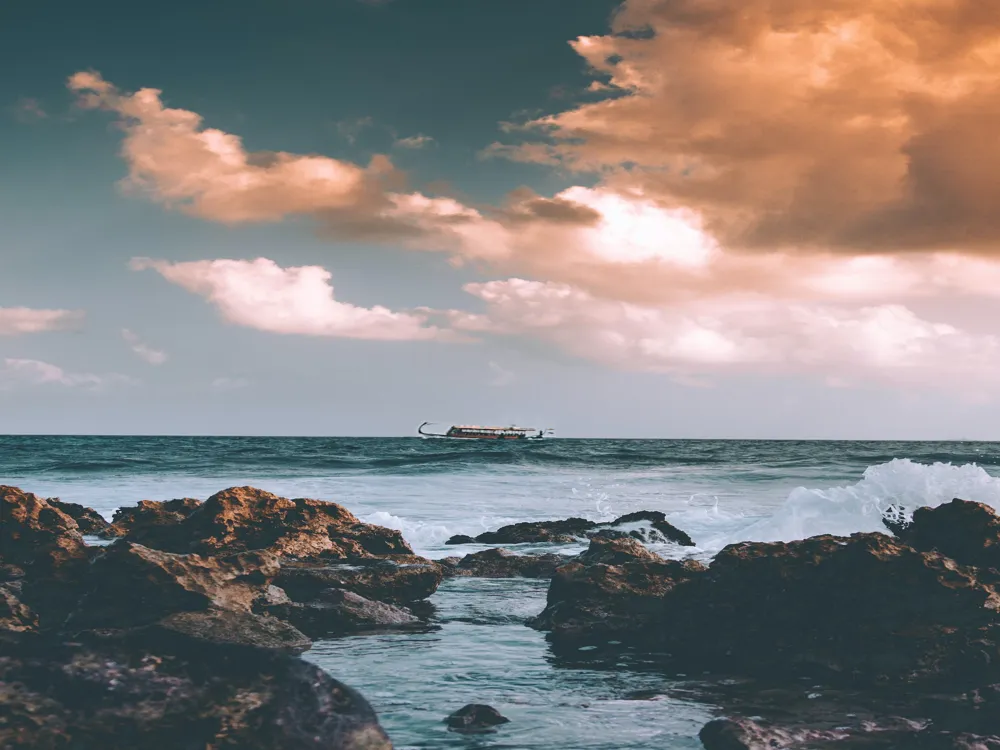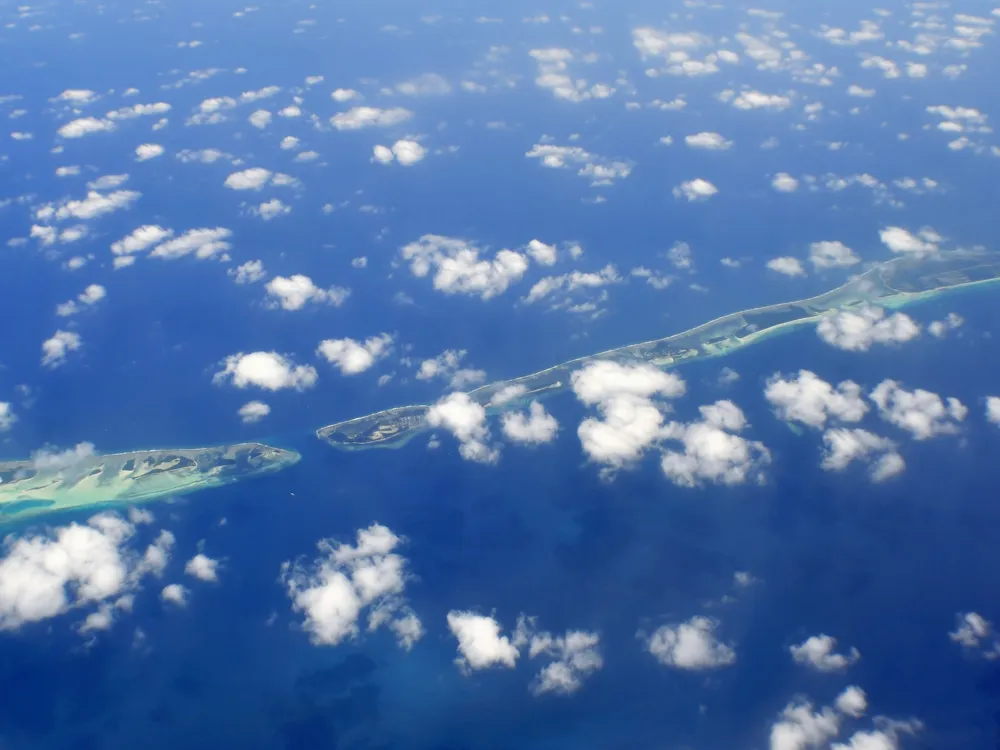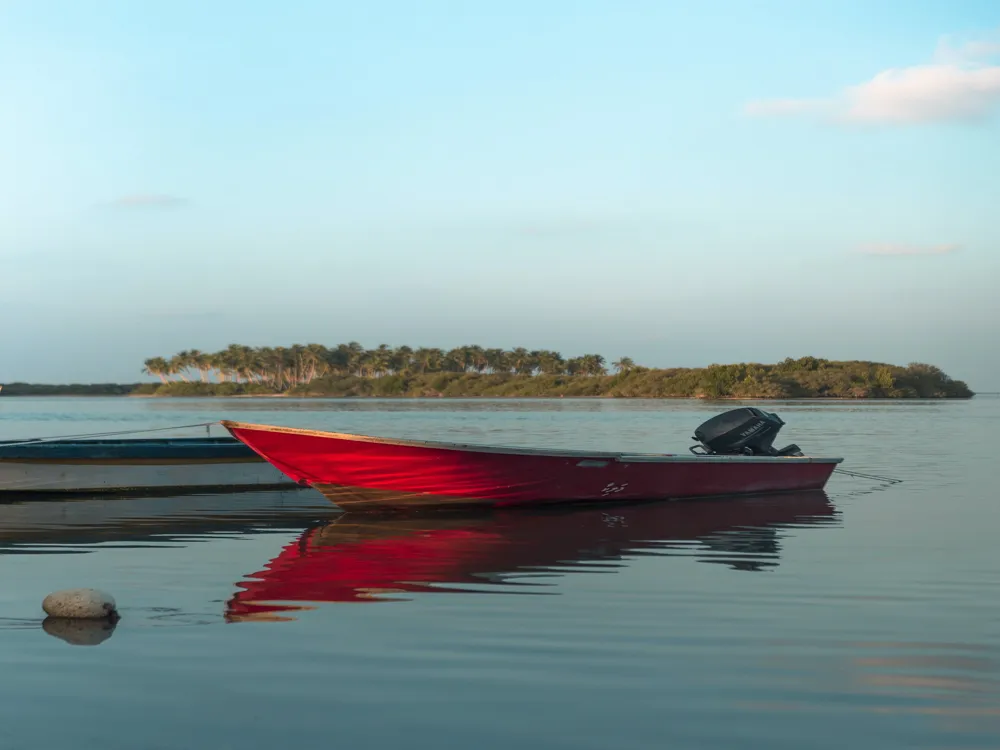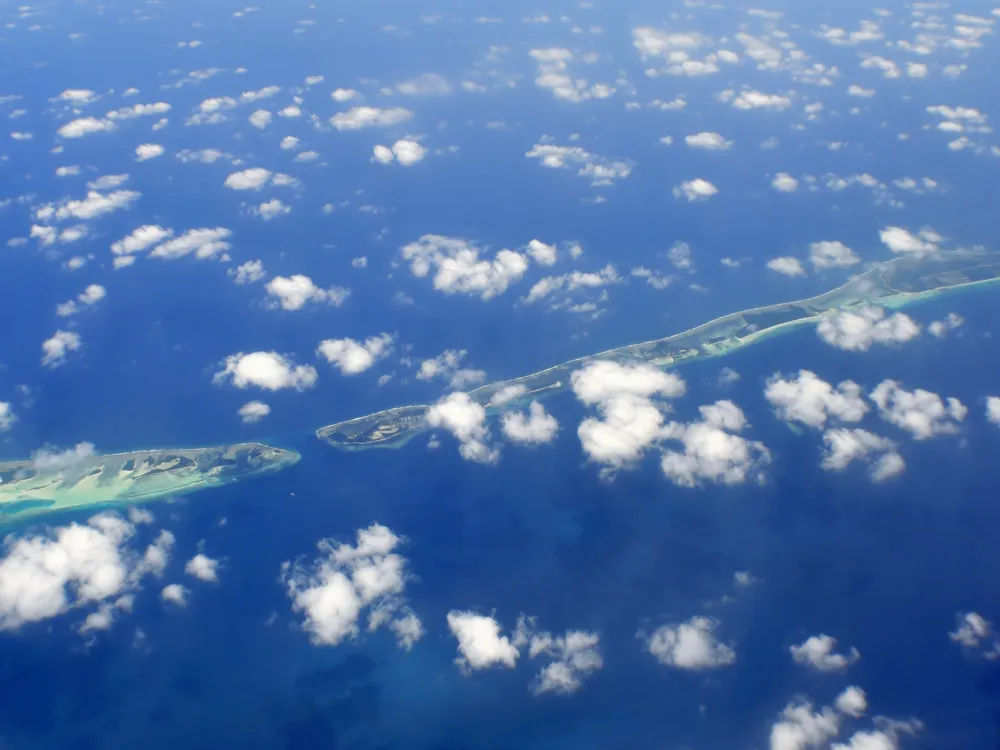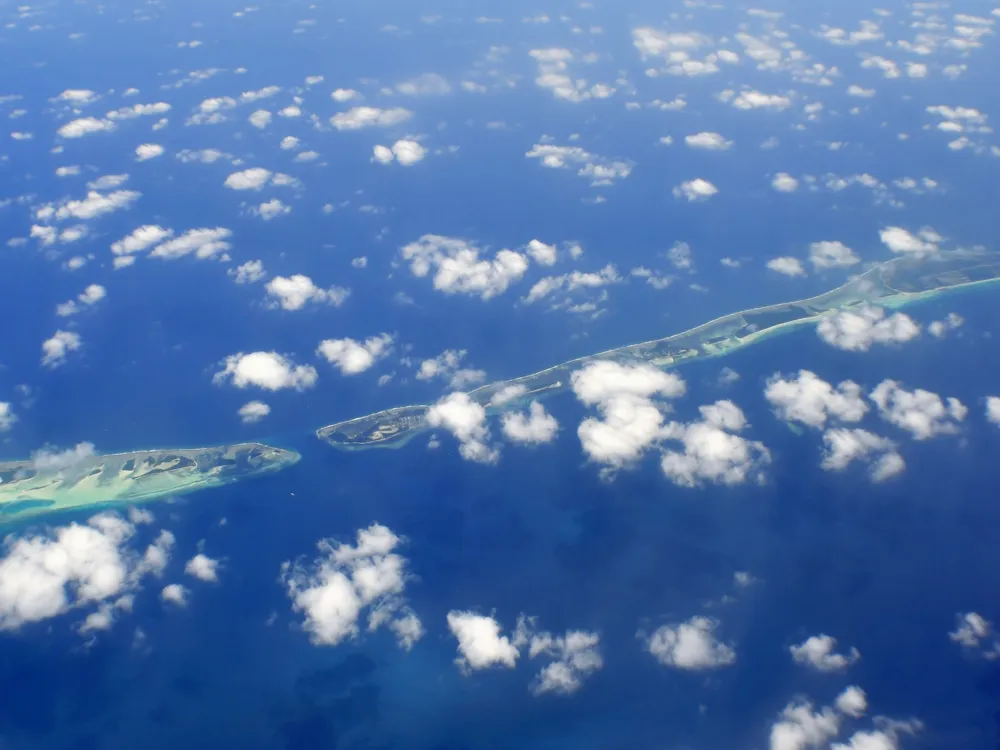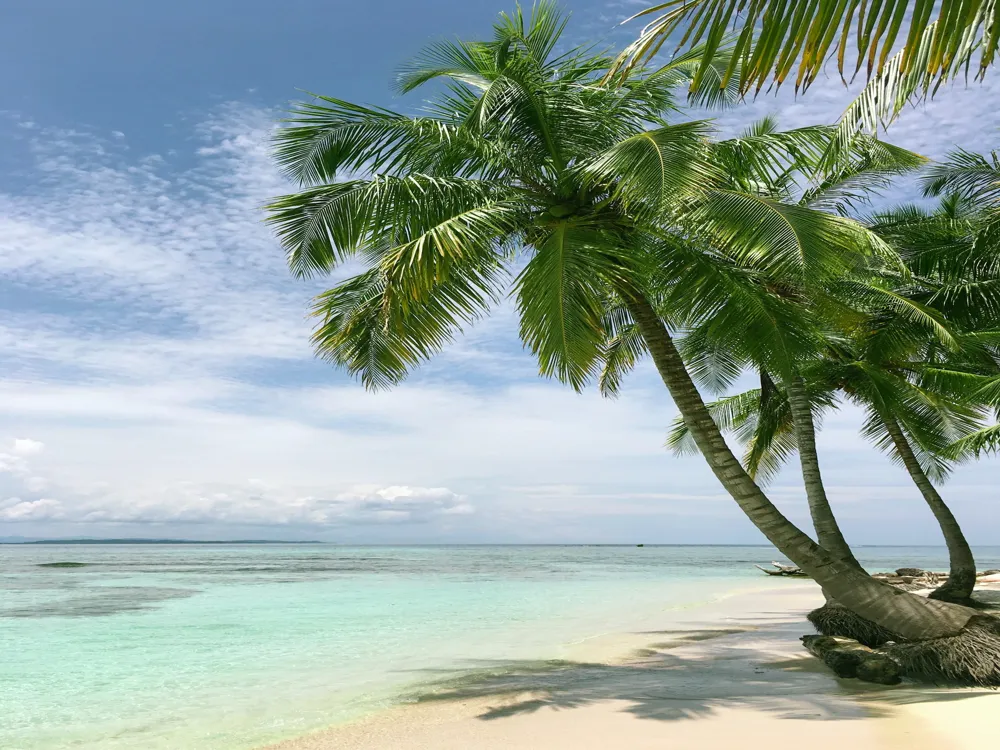Malé, the pulsating heart of the Maldives, offers a unique blend of modern urbanity and traditional island charm. This densely populated capital city, set on a small island in the Kaafu Atoll, is a mesmerizing juxtaposition of contemporary lifestyles and ancient traditions. Renowned for its vibrant culture, Malé is a melting pot of diverse influences, from its rich Islamic heritage to its tropical island beauty. With a history that dates back over a millennium, Malé has evolved from a small fishing village into a bustling city, adorned with colorful buildings, quaint streets, and a skyline dominated by minarets and skyscrapers. The cultural tapestry of Malé is woven with threads of history, religion, and art. The city is home to several historical landmarks, including the 17th-century Hukuru Miskiy (Friday Mosque), a testament to the Islamic influence in the Maldives. This mosque, along with other ancient structures, reflects the city's deep-rooted connection with its Islamic heritage. The city's culture is further enriched by local festivals, music, and dance, which reveal a community deeply connected with the sea and nature. Malé's social fabric is a vibrant blend of tradition and modernity. The city's residents, known for their warm hospitality, embody a lifestyle that balances the rapid urban development with age-old customs and practices. Family and community play central roles in the daily lives of the Maldivians, creating a sense of unity and belonging amidst the urban hustle. In recent years, Malé has seen significant modernization. The cityscape is continuously evolving, with new infrastructure and developments enhancing its urban appeal. Despite its limited land area, the city has efficiently utilized space, showcasing an impressive array of amenities and facilities, from state-of-the-art shopping centers to sophisticated dining options, all contributing to the city's dynamic character. The architecture of Malé is a remarkable blend of traditional Maldivian styles and modern influences. The city's skyline, a tapestry of historic structures and contemporary buildings, tells a story of a society that respects its past while embracing the future. The architectural landscape of Malé is defined by its use of locally sourced materials, vibrant colors, and innovative designs that reflect the island's geographical and cultural context. Traditional Maldivian architecture is characterized by its simplicity, functionality, and connection with nature. The use of coral stone and wood, sourced from the abundant natural resources of the islands, is prevalent in historic buildings. The design elements often feature intricate carvings and detailed craftsmanship, showcasing the skill and artistry of Maldivian builders. In contrast to the traditional style, contemporary architecture in Malé exhibits a more modern aesthetic. The use of glass, steel, and concrete is common in new constructions, providing a stark contrast to the older coral stone structures. These modern buildings, often designed to maximize space and efficiency, reflect Malé's status as a growing urban center. Despite the rapid urbanization, Malé has made significant efforts to preserve its historical sites. The city's ancient mosques, royal complexes, and public squares are meticulously maintained, serving as tangible links to its rich history. These sites not only provide a glimpse into the past but also serve as crucial cultural landmarks for both locals and tourists. Visiting Malé, the bustling capital city of the Maldives, is an experience like no other. To ensure a memorable and hassle-free trip, here are some practical tips: Respect local customs and dress modestly, especially when visiting religious sites. Malé is a predominantly Muslim city, so being mindful of local practices and traditions is important for a respectful visit. Malé is a compact city, making it easy to explore on foot. However, taxis are readily available for longer distances. Familiarize yourself with the city layout to make the most of your sightseeing. Malé offers a range of accommodation options, from luxury hotels to budget guesthouses. Booking in advance is recommended, especially during peak tourist seasons. Malé's culinary scene is diverse, offering traditional Maldivian dishes and international cuisine. Seafood is a staple, and trying local specialties like masa huni and garudhiya is a must. For shopping enthusiasts, Malé's markets and boutiques offer a variety of goods, from local handicrafts to designer brands. The local markets are great for picking up souvenirs and experiencing the vibrant local trade. Malé is accessible through various means of transportation, making it a convenient destination for travelers. The most common way to reach Malé is by air, with the Malé International Airport serving as the main gateway to the Maldives. The airport is located on a separate island, Hulhulé, near Malé. From there, visitors can take a short ferry ride or a speedboat transfer to reach the city. Additionally, seaplanes and domestic flights are available for inter-island travel within the Maldives, offering a scenic view of the stunning atolls. Read moreOverview of Malé, Maldives
The Cultural Fabric of Malé
Social Dynamics in Malé
Modern Developments in Malé
Architecture of Malé
Traditional Maldivian Architecture
Contemporary Architectural Trends
Preservation of Historical Sites
Tips When Visiting Malé
Understanding Local Customs and Culture
Navigating the City
Accommodation Options
Dining and Cuisine
Shopping and Souvenirs
How to Reach Malé
Maldives Tourism
Best Time to Visit Maldives
How to Reach Maldives
Things To Do Maldives
Male
Maldives
₹ 34,250 onwards
View maldives Packages
Maldives Travel Packages
View All Packages For Maldives
Top Hotel Collections for Maldives

Private Pool

Luxury Hotels

5-Star Hotels

Pet Friendly
Top Hotels Near Maldives
Other Top Ranking Places In Maldives
View All Places To Visit In maldives
View maldives Packages
Maldives Travel Packages
View All Packages For Maldives
Top Hotel Collections for Maldives

Private Pool

Luxury Hotels

5-Star Hotels

Pet Friendly





